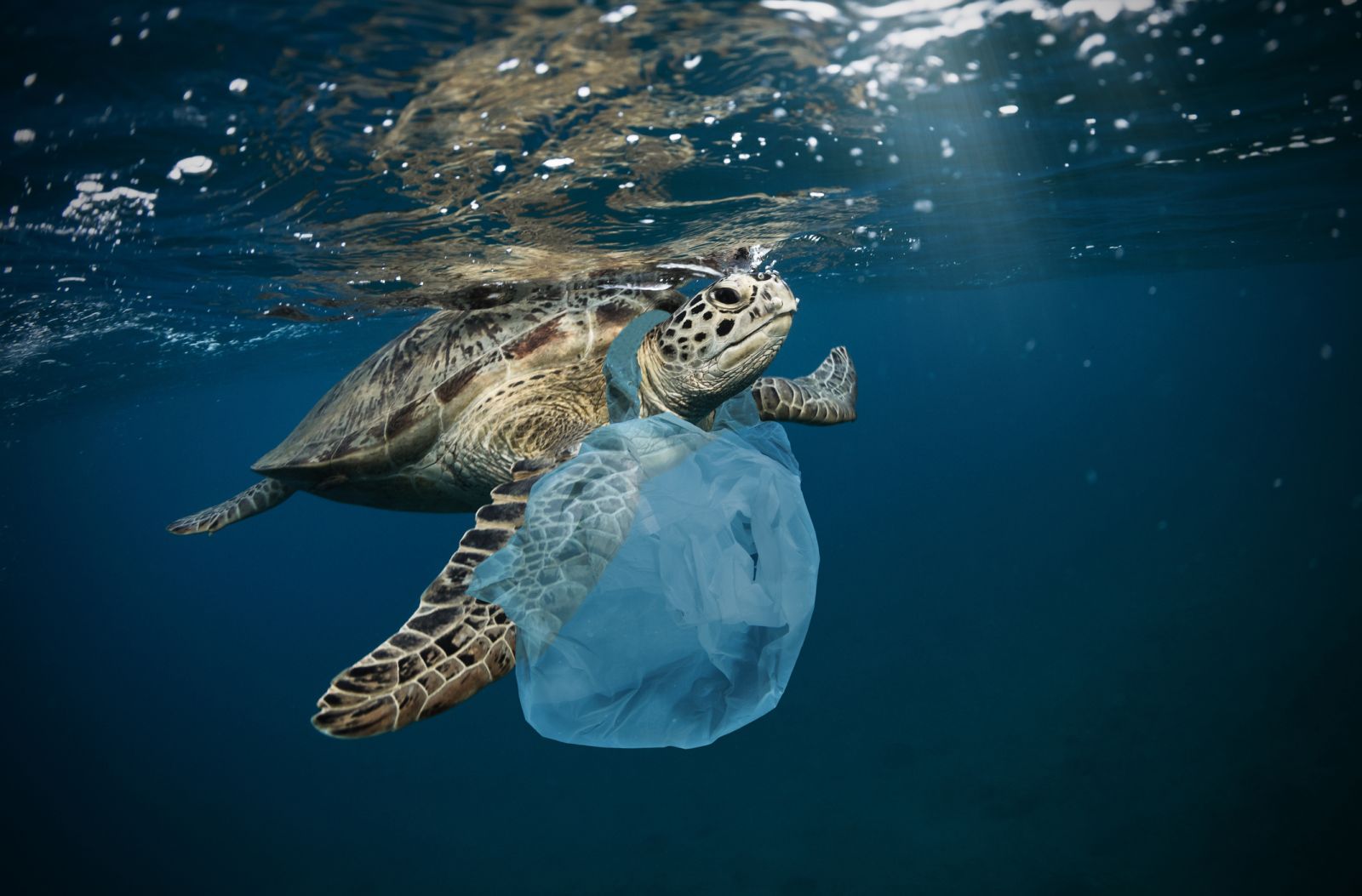World Environment Day
This World Environment Day, join us in the global effort to #BeatPlasticPollution

World Environment Day 2023 is a reminder that people’s actions on plastic pollution matters. The steps governments and businesses are taking to tackle plastic pollution are the consequence of this action.
It is time to accelerate this action and transition to a circular economy.
It is time to #BeatPlasticPollution.
Keep reading for what you need to know about the plastic solution resolution as outlined by the United Nations.
Heads of State, Ministers of environment and other representatives from UN Member States endorsed this landmark agreement that addresses the full lifecycle of plastic from source to sea. Plastic production has risen exponentially in the last decades and now amounts to some 400 million tons per year– a figure set to double by 2040.
Every minute, the equivalent of one garbage truck of plastic is dumped into the ocean.
This marine litter and plastic pollution endangers aquatic life, threatens human health and results in myriad hidden costs for the economy. Such a global threat requires a global response, and the upcoming United Nations Environment Assembly (UNEA 5.2) is an important stage for governments and policymakers to catalyse change.
At the resumed fifth session of UNEA – held virtually and in-person in Nairobi between 28 February and 2 March 2022 – world leaders will focus on plastics and deliberate on proposals with the aim of establishing an Intergovernmental Negotiating Committee (INC) to work towards a legally binding global agreement.
Marine litter and plastic pollution can alter habitats and natural processes, reducing ecosystems’ ability to adapt to the climate crisis, according to UNEP’s From Pollution to Solution report. This affects millions of people’s livelihoods, food security and social well-being. Urgent, multilateral action is needed to identify where plastic waste enters waterways and how to
To optimize policy changes to plastic production and use, it is important to identify how plastic pollution makes its way into the sea. Of the estimated, 11 million tons of plastic pollution that enter the ocean every year, up 2.7 million tons come from rivers. UNEP leads two key initiatives to study and address these inputs.
In North America, through the Mississippi River Plastic Pollution Initiative, UNEP engages citizen science by working with thousands of community volunteers to track upstream and coastal plastic pollution data along the Mississippi River. This data is collected using a free, open-source mobile app called the Marine Debris Tracker.
In South-East Asia, UNEP’s CounterMEASURE project identifies sources and pathways of plastic pollution in river systems, particularly the Mekong and the Ganges. With the use of technologies and innovative approaches like GIS, machine learning and drones, the project has developed plastic leakage models for localities in six countries that can be scaled and replicated across continents.
The United Nations Environment Assembly is the world’s highest environmental decision-making body. Through its resolutions and calls to action, the assembly provides leadership and catalyses intergovernmental action on the environment.
We have a vast range of reusable & eco products that we think everyone should consider for their merchandise solutions.
Clink this link here to see our complete eco range available!
